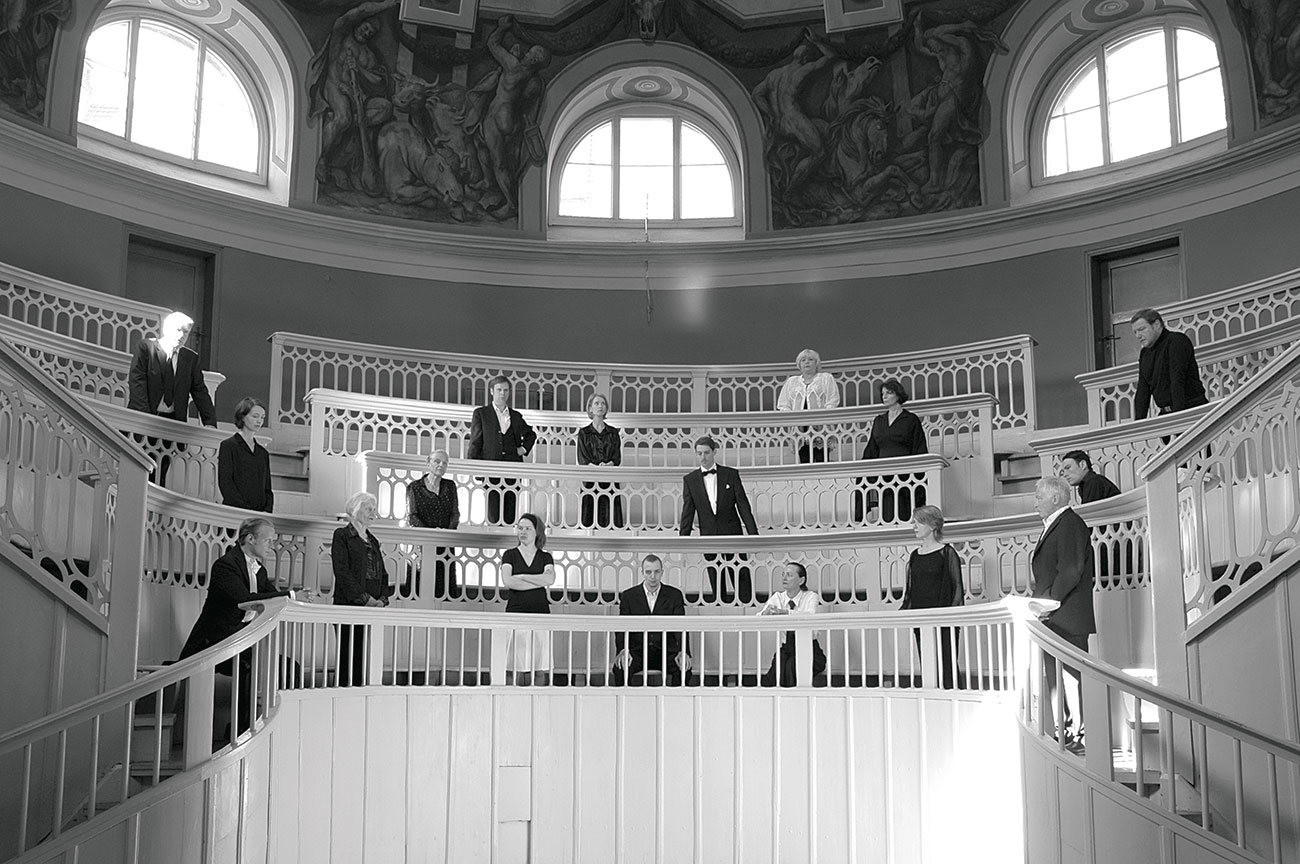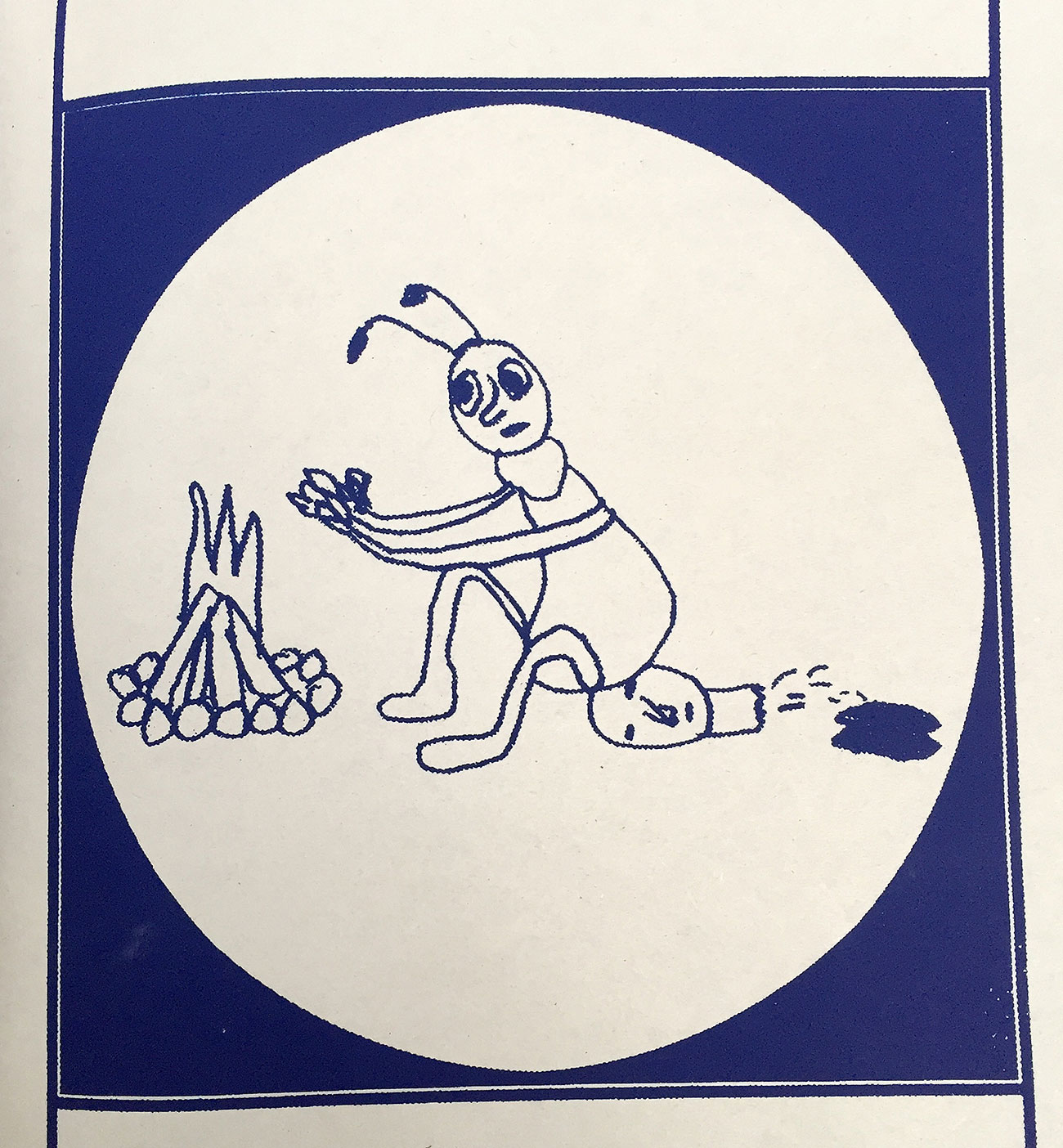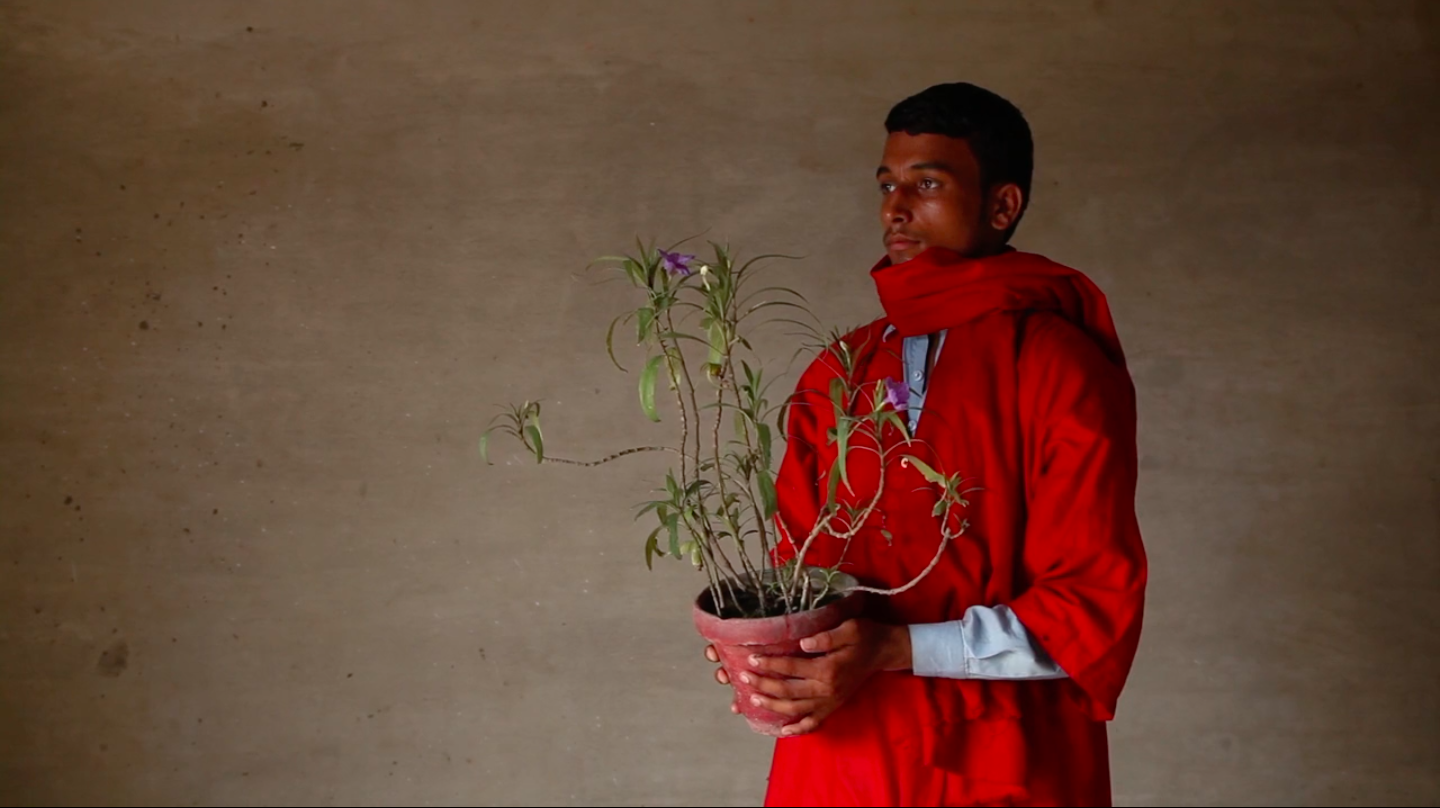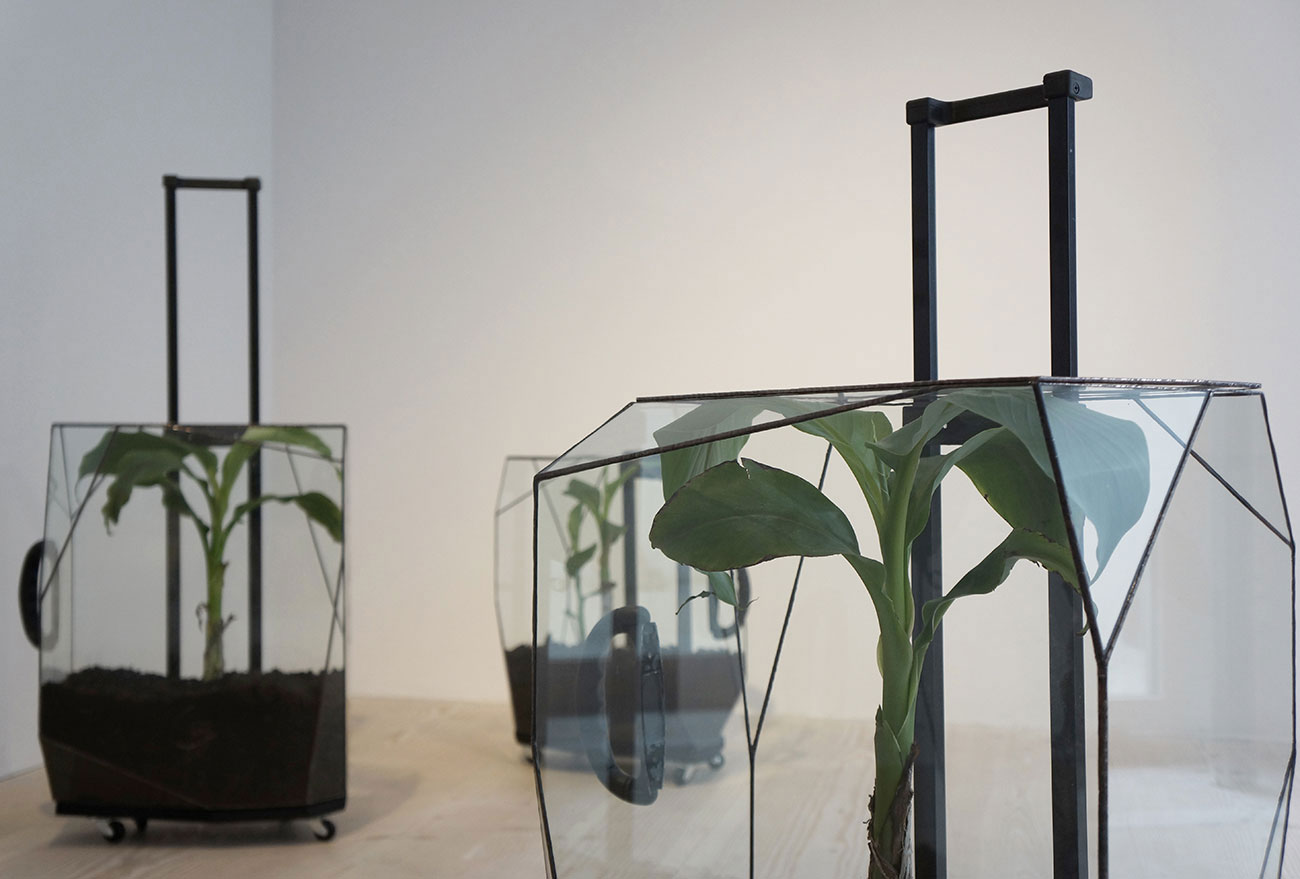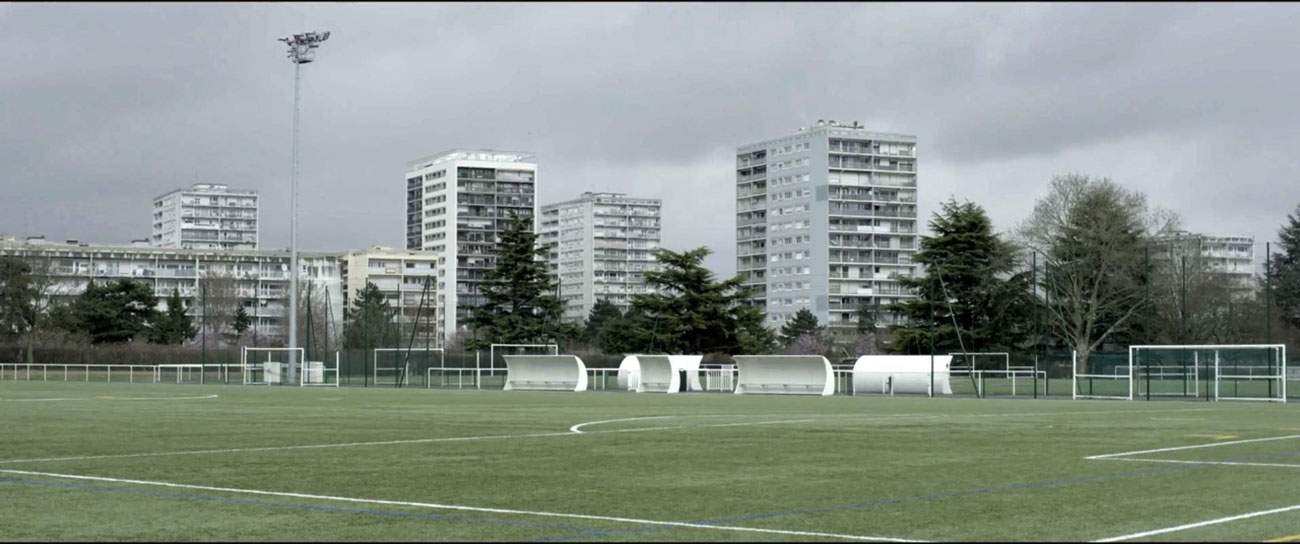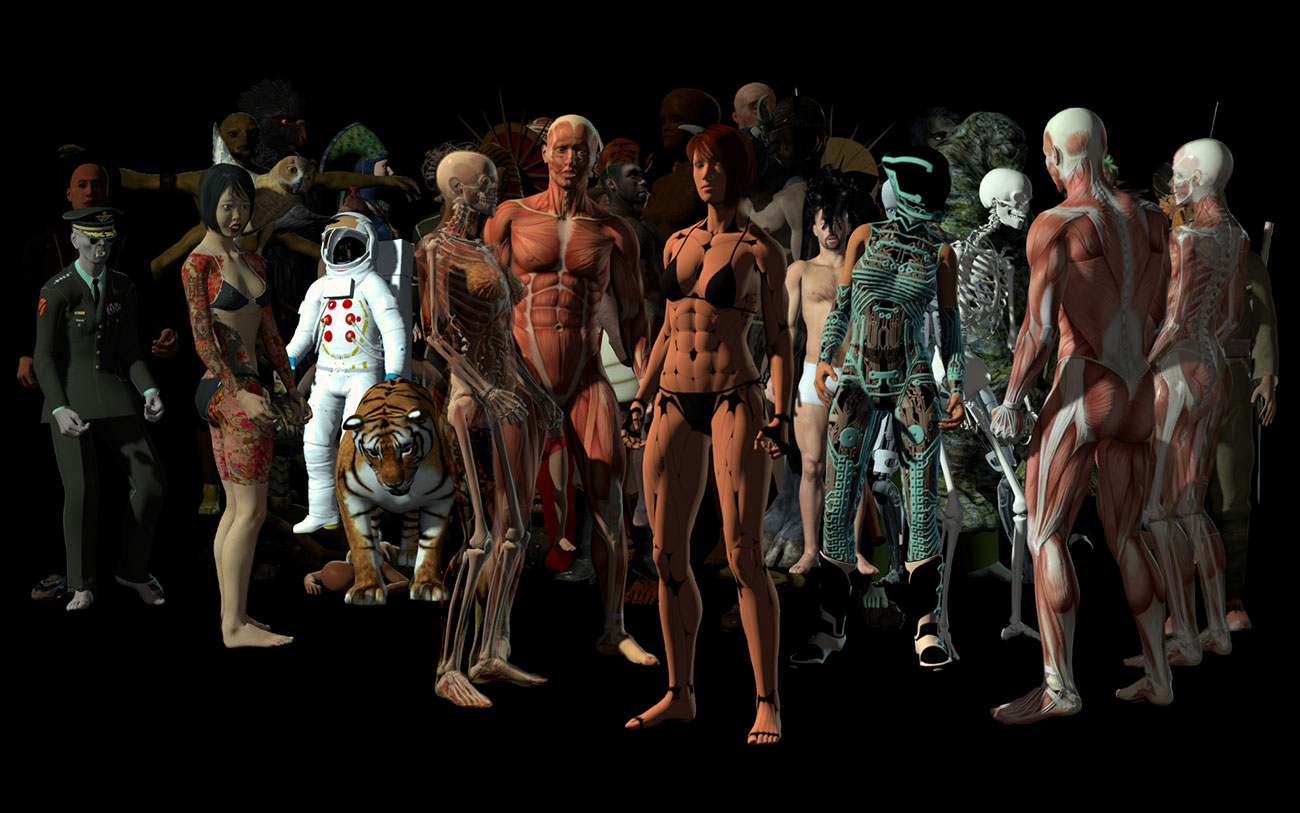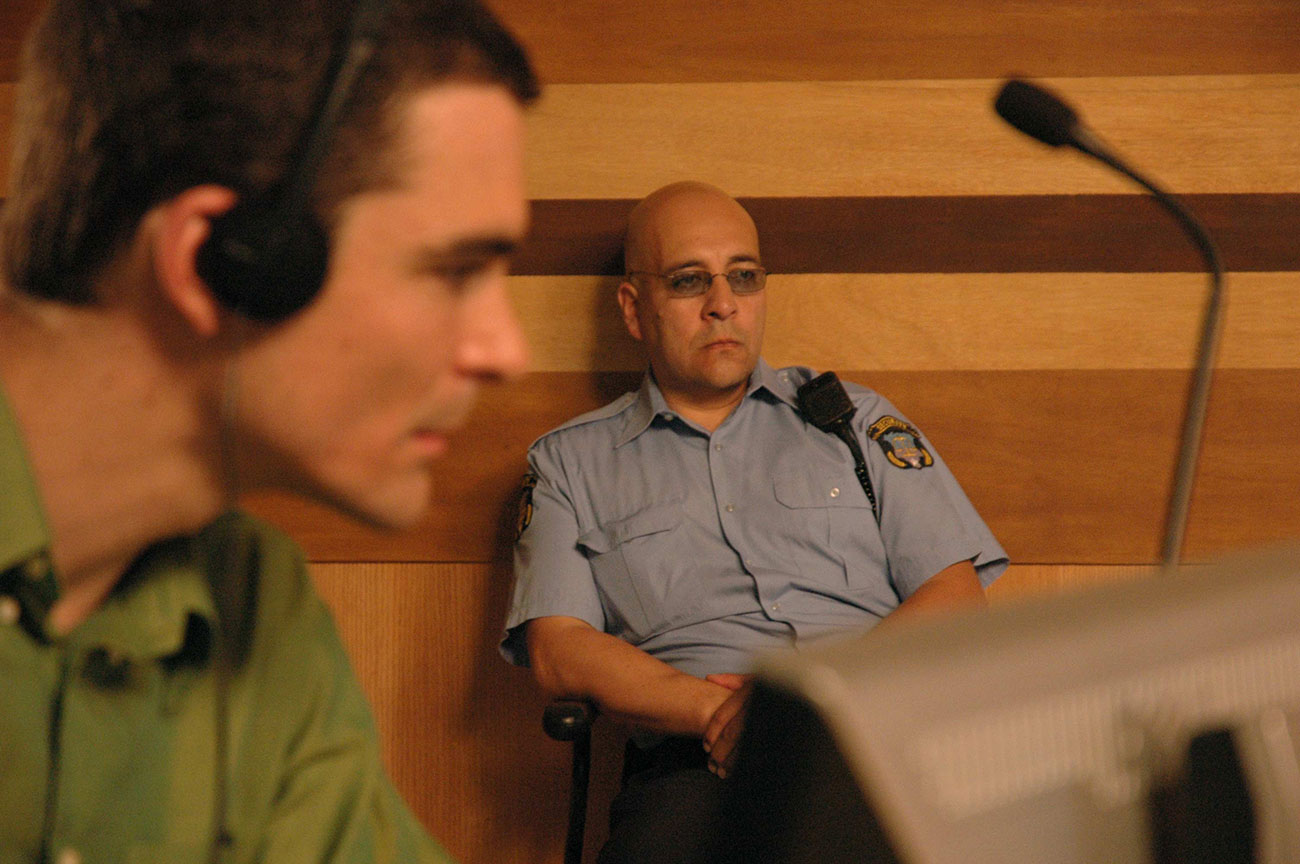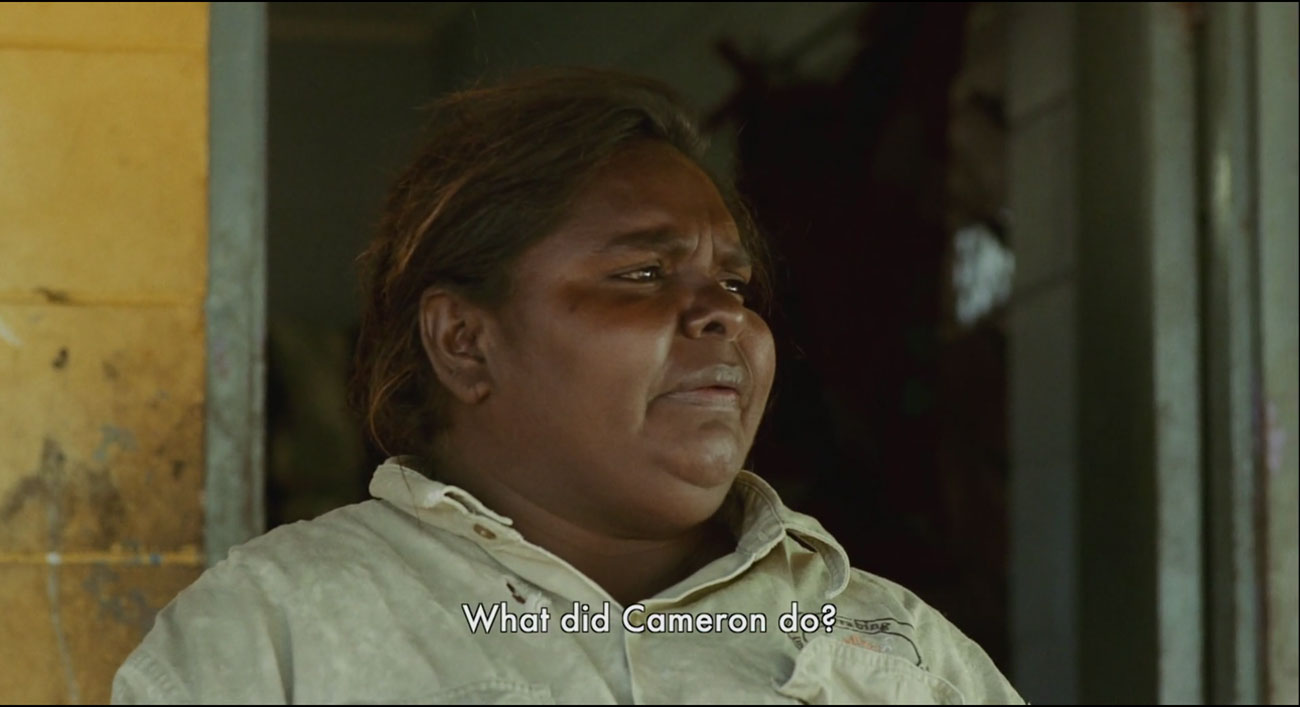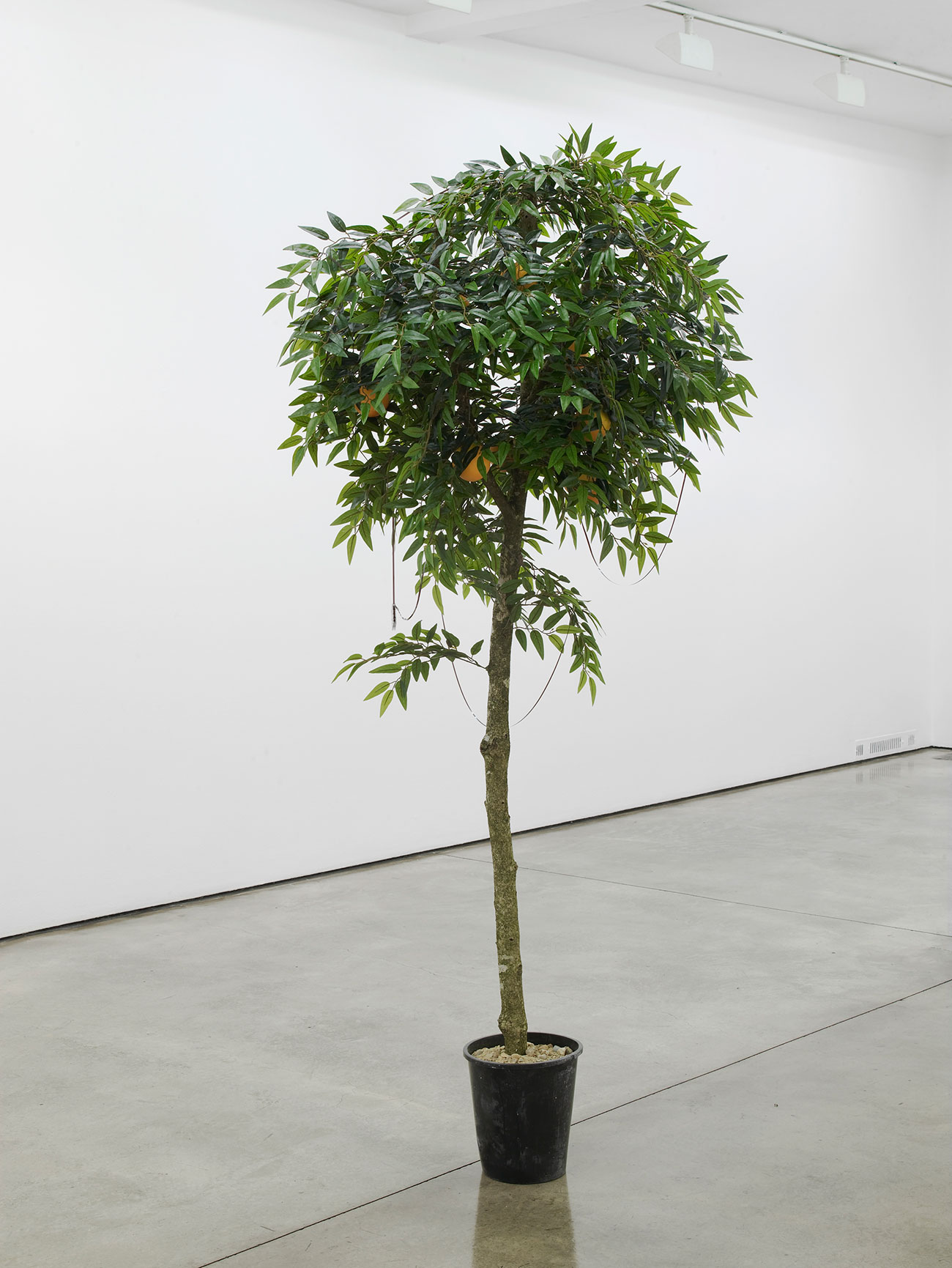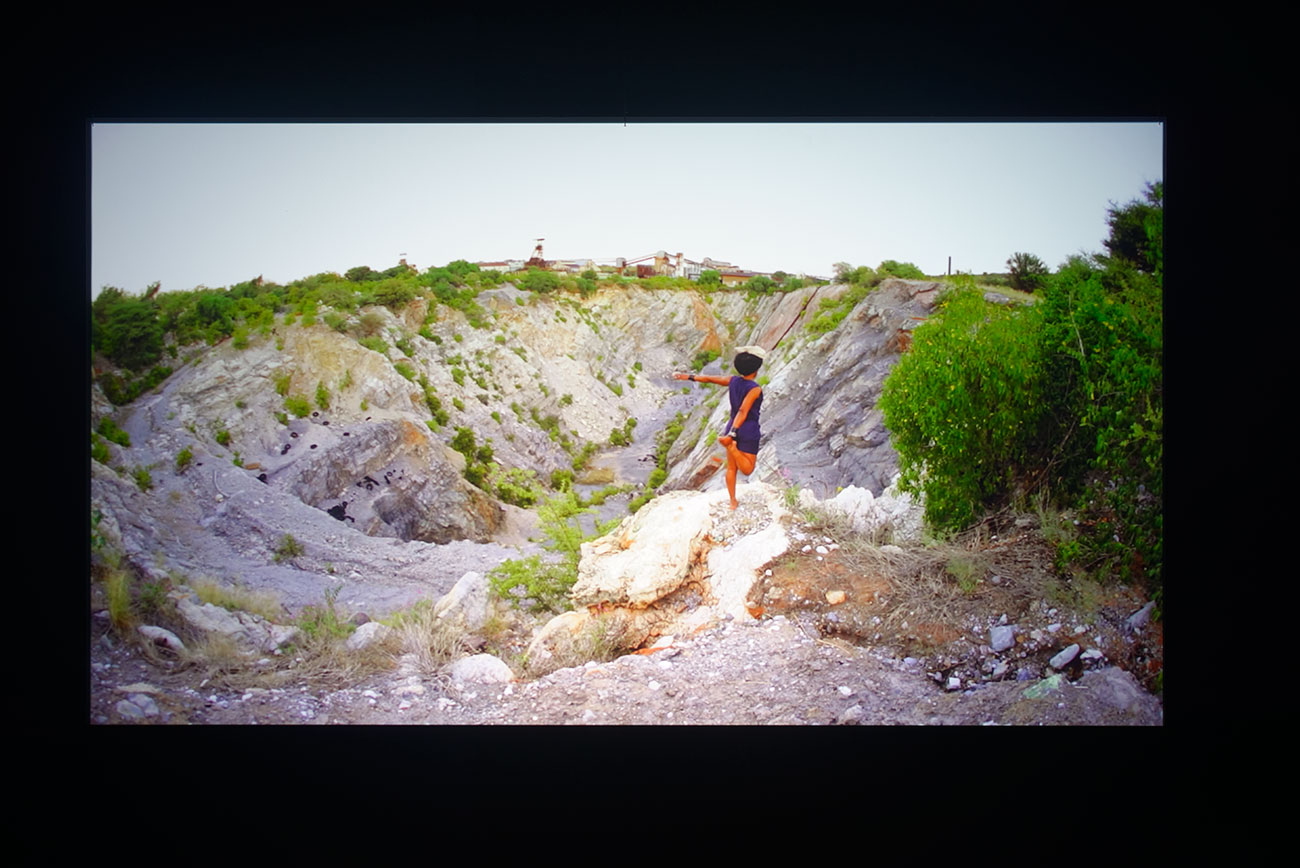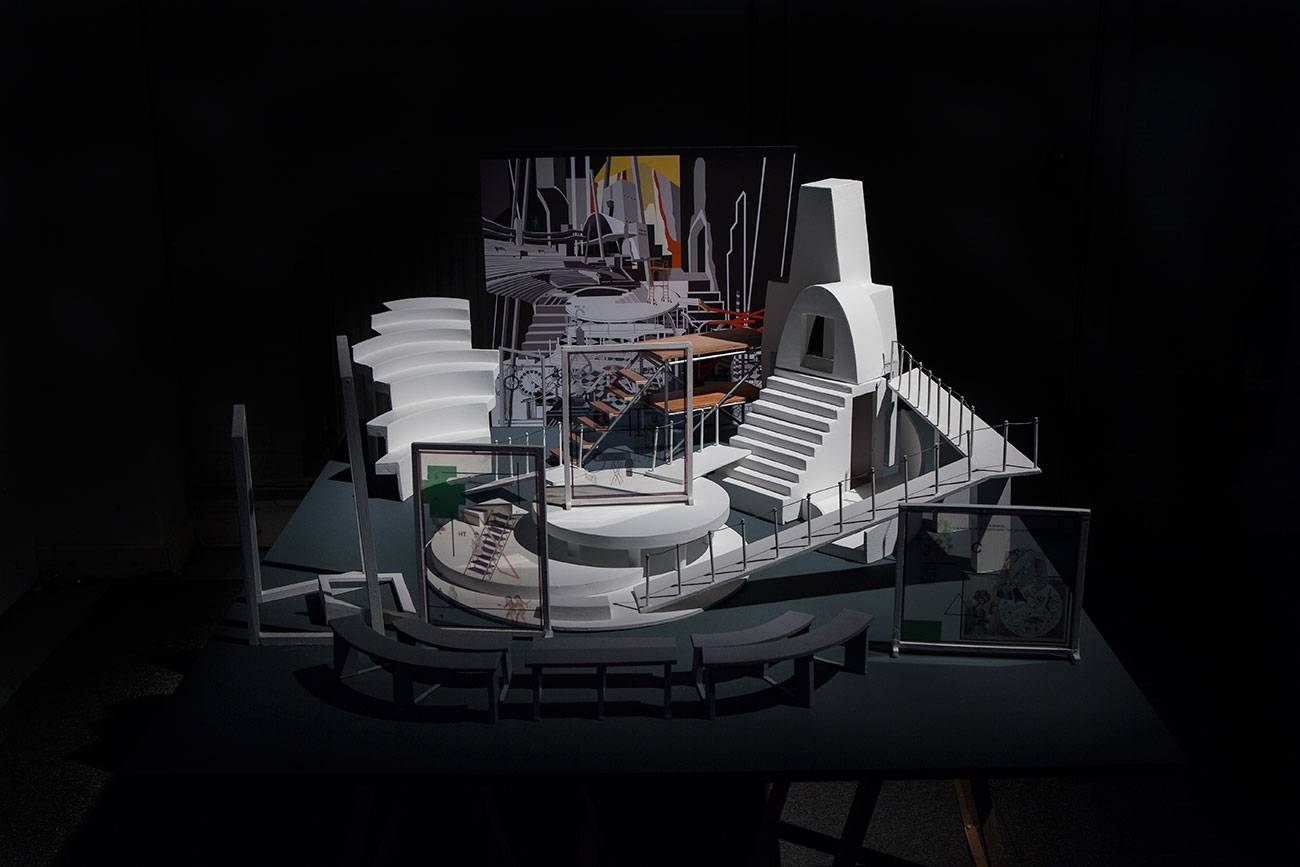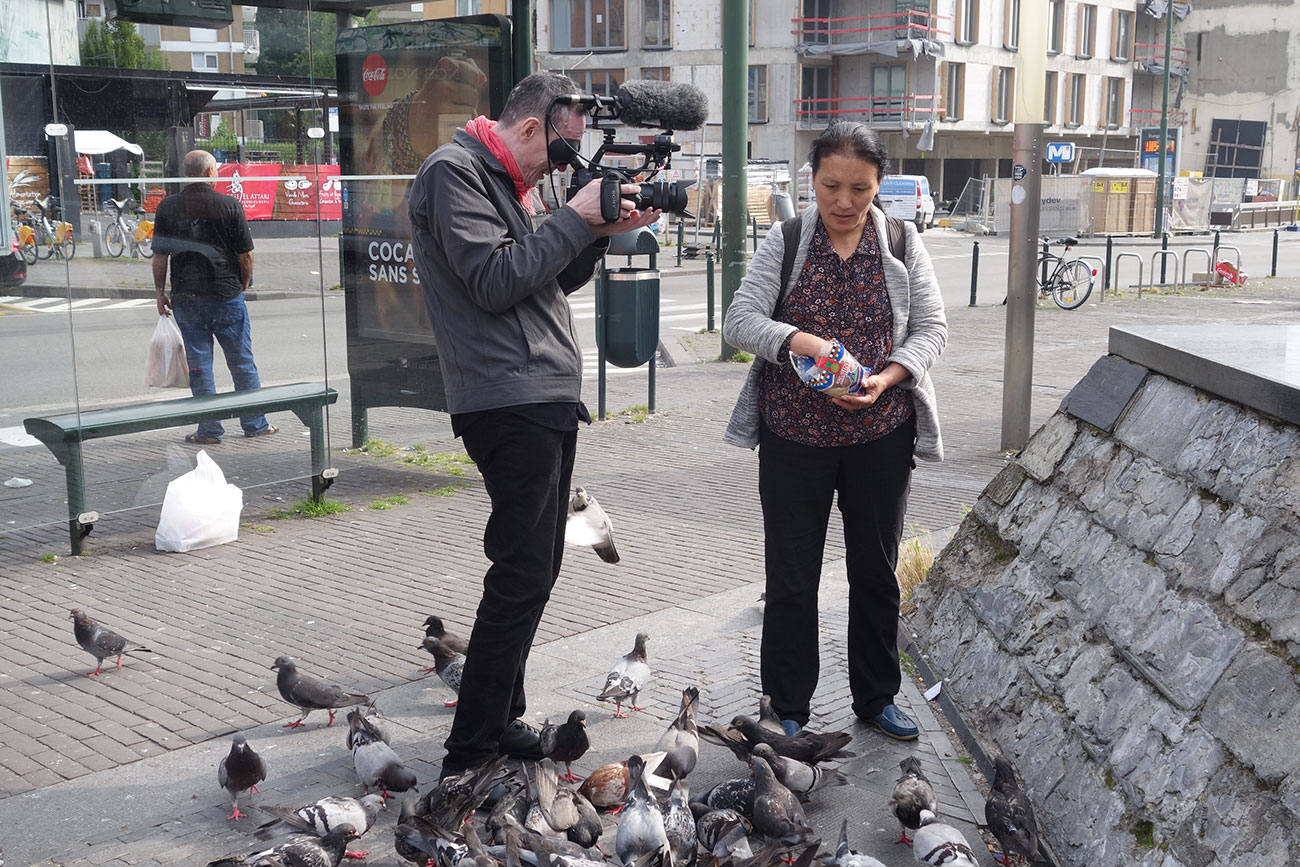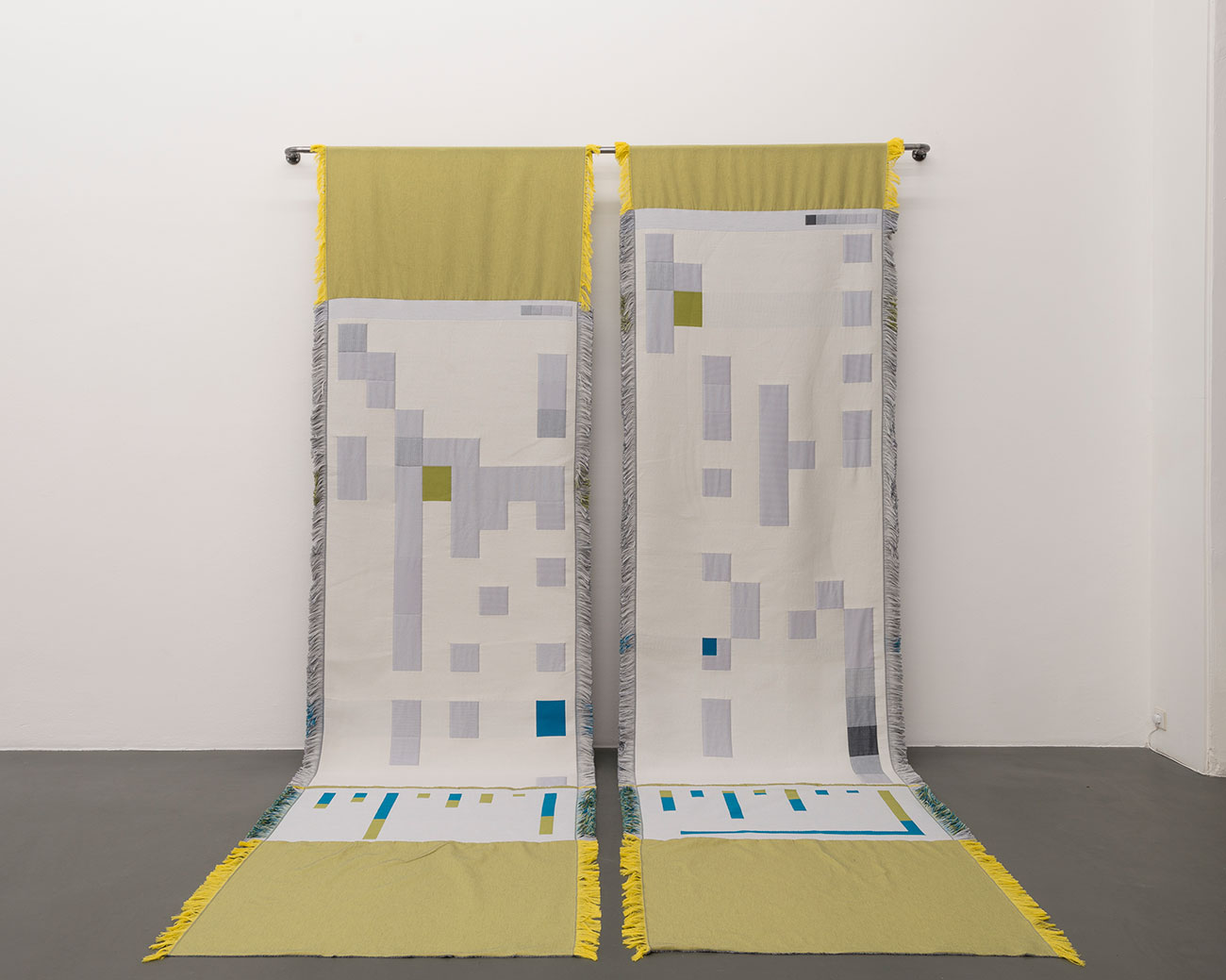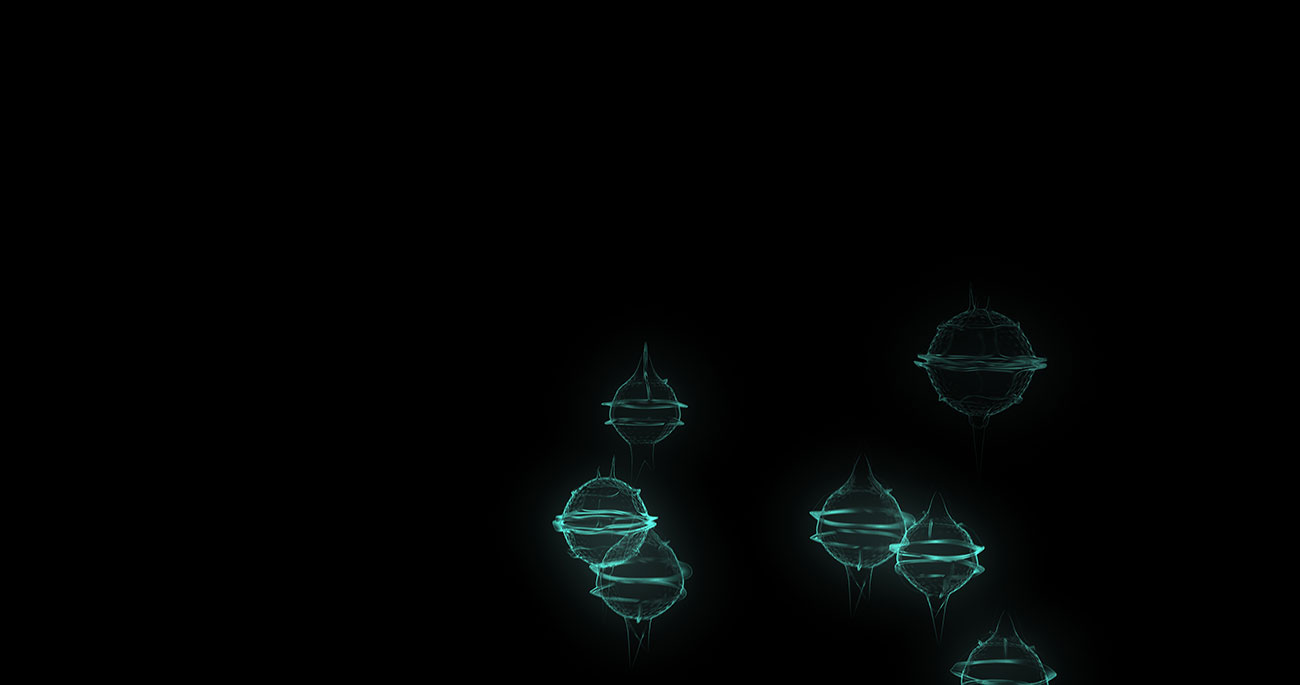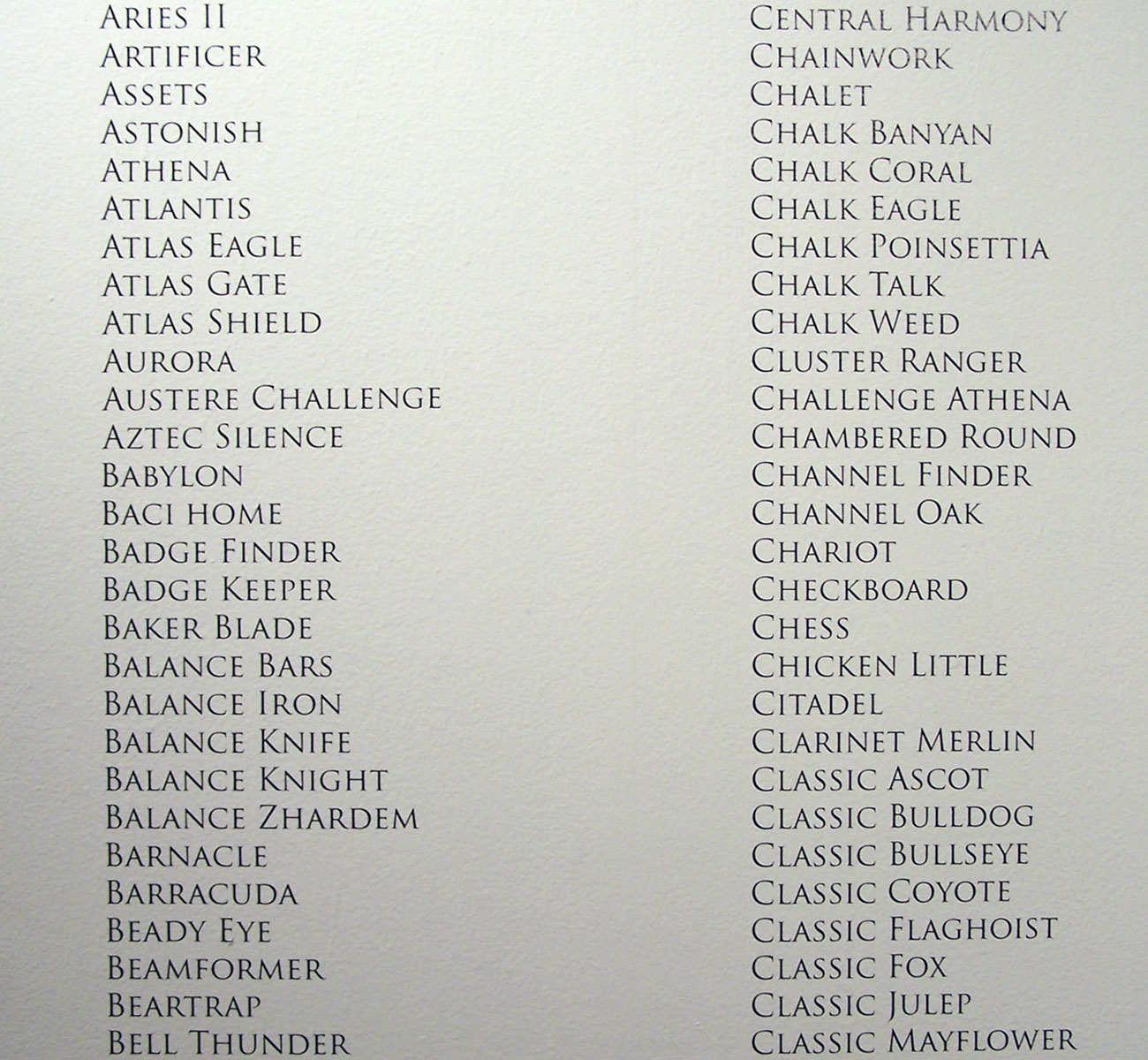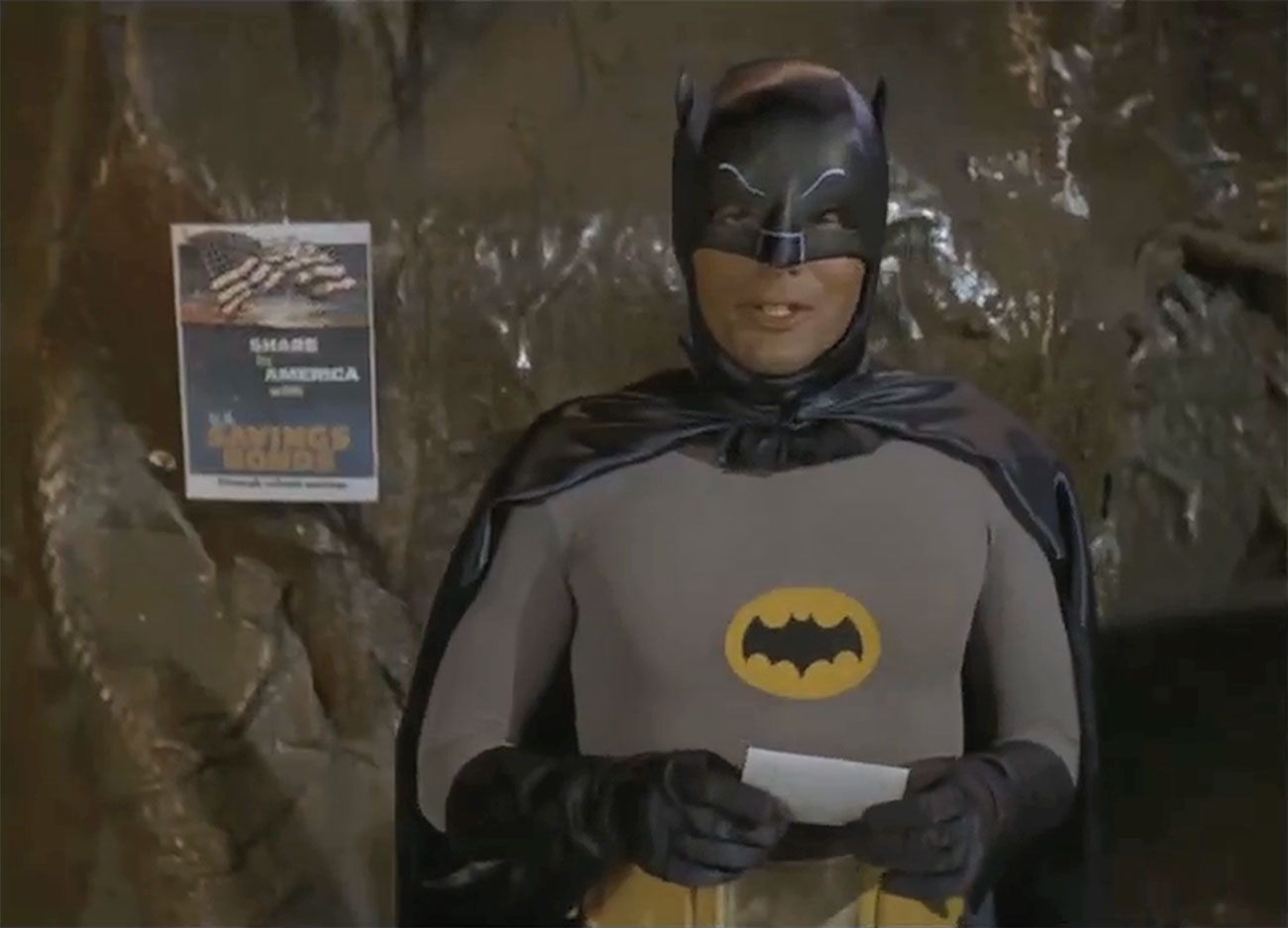19-05-2017 — 12:05
Agency: Assembly (Polyphonic Worlds)
May 20 and May 21, 15:00–17:00
Agency will host two gatherings to respond to readings of legal case questions.
Venue: Alderman’s House, Steenweg 1, Mechelen.
RSVP required due to limited seating via contour@nona.be.
Art practices often involve non-humans (animals, birds, plants, rocks, etc…) and other-than-humans (death, spirits, extra and intra terrestrials, etc…). Yet, intellectual property is only reserved for humans. Although the copyright law definition of “authors†does not explicitly refer to humans, the jurisprudence doesn't consider non-humans and other-than-humans as possible “causes of art worksâ€. What if non-humans and other-than-humans become mutually included within art practices? For Assembly (Polyphonic Worlds) Agency will depart from this speculation by invoking two cases:
On Saturday, May 20, Agency invokes Thing 001652 (Monkey's Selfies), which concerns a controversy between the macaque Naruto represented by the animal rights organization PETA and the wildlife photographer David Slater around a series of photos made by Naruto and published inside a book of David Slater. Respondents: Sari Depreeuw (intellectual property law), Steven Humblet (art history), Jane Reniers (animal rights), Anna Vanhellemont (animal law), Jan Verpooten (ethology)
On Sunday, May 21, Agency invokes Thing 001621 (Dead Son Drawn by Psychic Artist), a conflict between the psychic artist Frank Leah and A.P. about a journal reproduction of a picture of a drawing of the spirit of the son of A.P. by Frank Leah. Respondents: Mieke Abel (clairvoyance), Julien Cabay (intellectual property law), Steve Michiels (cartoonist), Florentine Peeters (art), Katarzyna Ruchel-Stockmans (art history), Christian Vandekerkhove (theosophy), Jana Willems (psychic art)
During each gathering, Agency invites a group of concerned practitioners to respond to the court cases. Rather than re-enacting the trial, these assemblies invoke moments of hesitation during the case hearing.
The Assemblies take place between 15h and 17h on May 20 and 21 in English language.
Check the event on Facebook.
20-03-2017 — 04:03
Café Univers
Café Univers is a nomadic radio project by Syma Tariq and Francesca Savoldi hosted during the opening weekend of Contour Biennale 8.
The episodes navigate mainstream radio stations via the Radio Garden, with biennale artists, guests and passersby warmly invited to contribute. The project melds sonic exploration of south/south solidarity and the collapsing of physical/digital spaces via the changing format of radio. It hopes to address questions such as: What is the relationship between music and social justice? In what ways does music (re)territorialise and bind the diaspora? Whose sound is it anyway?
The project is supported by Radio Apartment 22 (R22), founded by Abdellah Karroum in Rabat. Edited episodes of the audio recorded will be published on R22 and the Contour Biennale 8 website.
11-03-2017 — 07:03
Public Programme
Contour Biennale 8 collaborates with Dutch Art Institute for a two-day Public Programme organized on March 11-12, 2017 entitled Planetary Records: Performing Justice Between Art and Law with a dynamic schedule of keynote lectures, artist talks, film presentations and performance as part of DAI’s Roaming Assembly #12 conceived by biennale curator Natasha Ginwala and poet, critic-curator Rachel O’Reilly. All information is on our website under 'public programme'.


